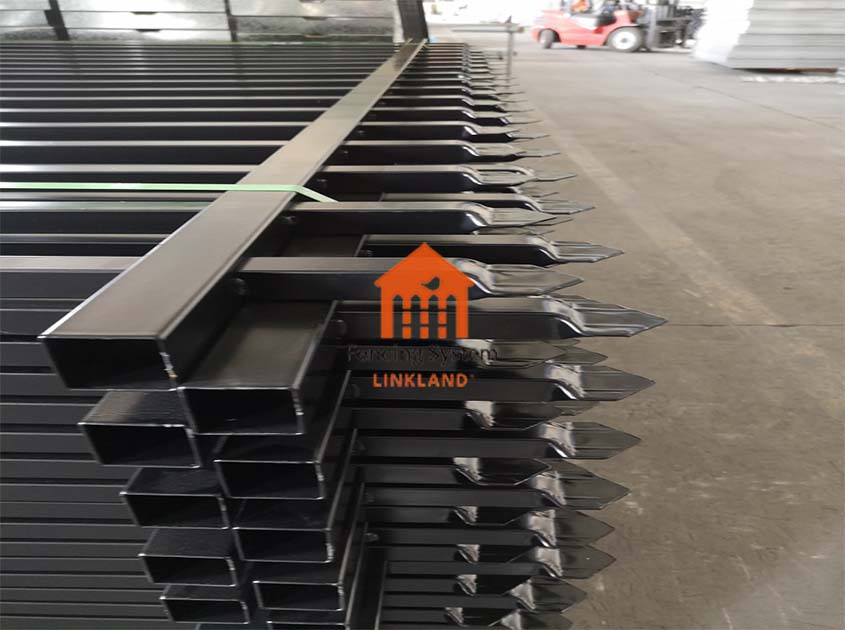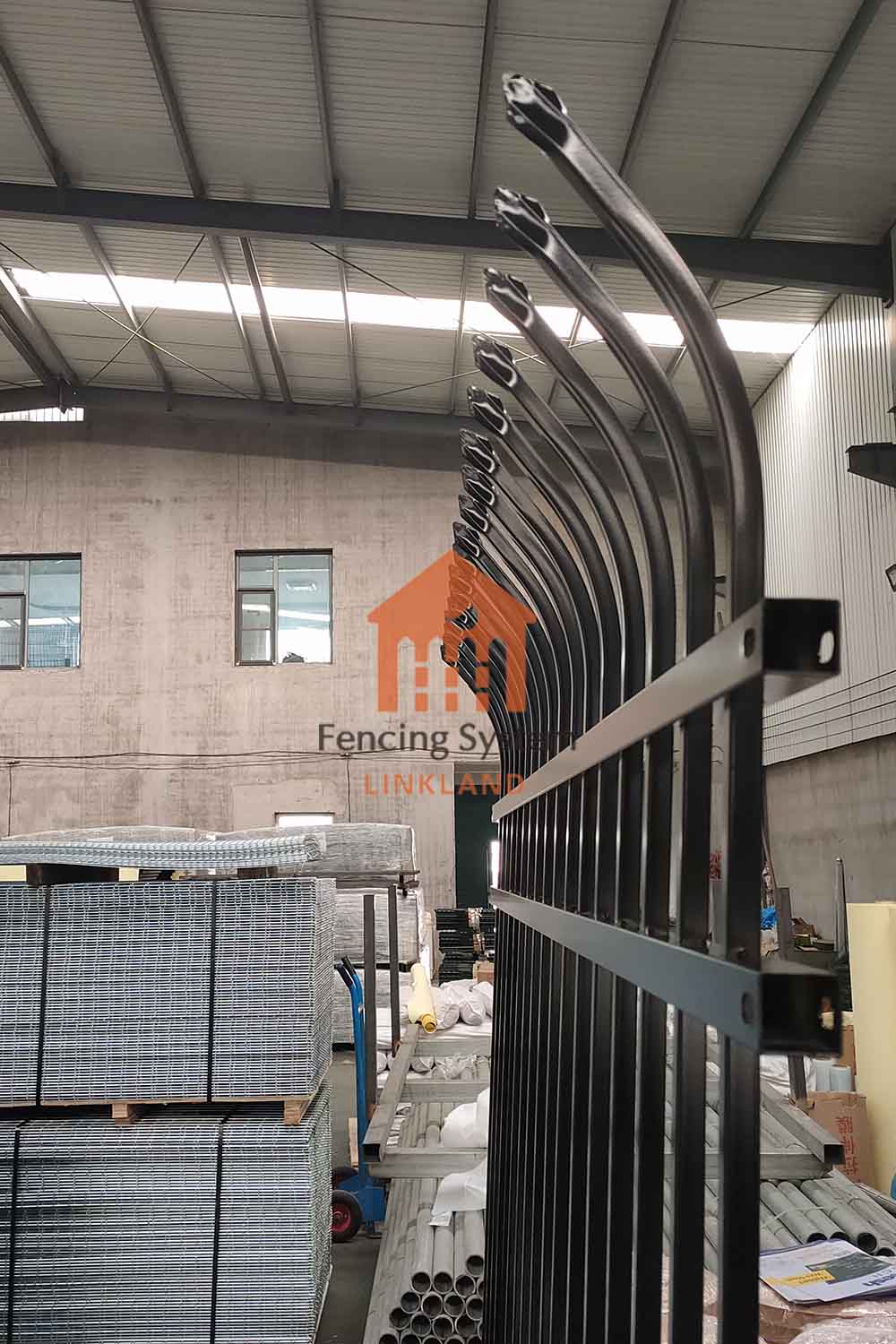Steel peaked fences are a common type of fence whose primary purpose is to provide security and privacy. However, in some environments, the fire performance of the fence is also an important consideration. The fire rating of a steel peaked fence refers to its ability to withstand heat radiation and conduction in the event of a fire. In order to assess the fire rating of a steel peaked fence, a series of tests and evaluations are required.

Fire Test Method
Assessing the fire rating of a steel peaked fence usually involves performing a flame exposure test and a conduction test. In a flame exposure test, a fence sample is exposed to a flame under controlled conditions to determine its ability to withstand the heat radiation caused by a fire. Conduction testing involves placing a heat source on one side of a fence and evaluating its ability to conduct heat by measuring the temperature change on the other side of the fence. These tests can be performed in a laboratory or fire safety testing facility to ensure the accuracy and reliability of the results.

Evaluation Process and Criteria
Before conducting a fire test, it is necessary to determine the applicable standards and inspection methods. Countries and regions may have different building codes and standards that set forth fire protection requirements for fencing materials and structures. For example, the ASTM E119 standard in the United States is one of the commonly used fire test standards, which stipulates the heat radiation and conduction that the fence can withstand within a standard time. The test results will be evaluated against the standard to determine the fire rating of the steel peaked fencing.

Test Results and Evaluation
After the test is completed, the fire rating of the steel peaked fence can be assessed based on the standards adopted and the test results. The results of the assessment will determine the fire rating of the fence based on its performance in flame exposure and conduction tests. For example, the fire rating can be pided into different levels, such as A-level, B-level, C-level, etc., which represent the protection ability of the fence under different fire conditions. The test results and evaluation will provide the basis for users to choose a steel peaked fence with a fire rating suitable for their needs.
We can learn about the evolution of steel spire fences from megaphones to the speed of light. The background and importance of fire performance of steel peaked fences is presented. Methods for fire tests are described, including flame exposure tests and conduction tests. The criteria and inspection methods used in the evaluation process are indicated. The test results and evaluation process are summarized, the importance of fire rating is emphasized, and the basis for users to choose suitable for their needs is provided.
Pre:How to properly maintain Steel Picket Fence
Next:Anti-corrosion treatment technology for Steel Picket Fence